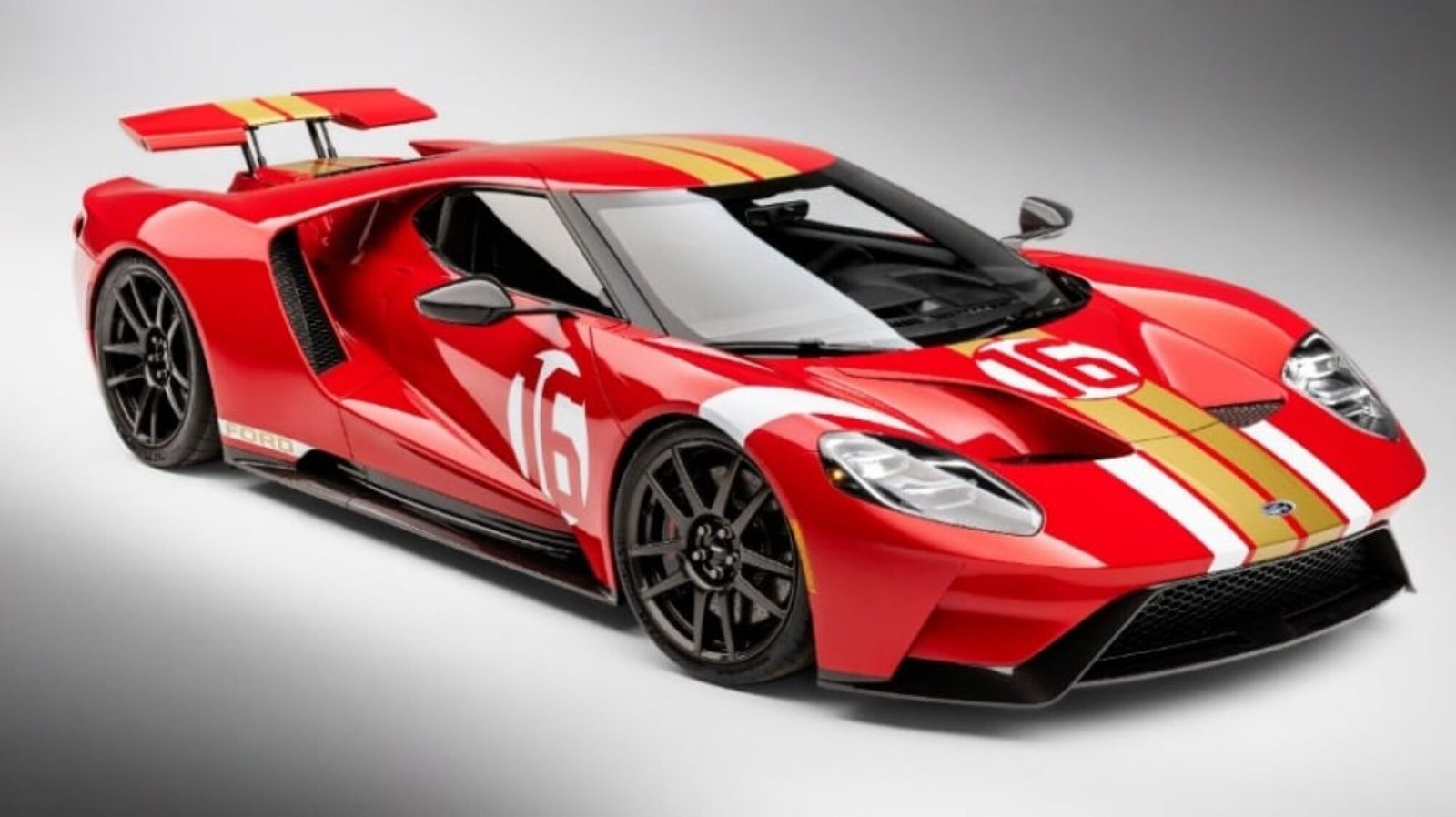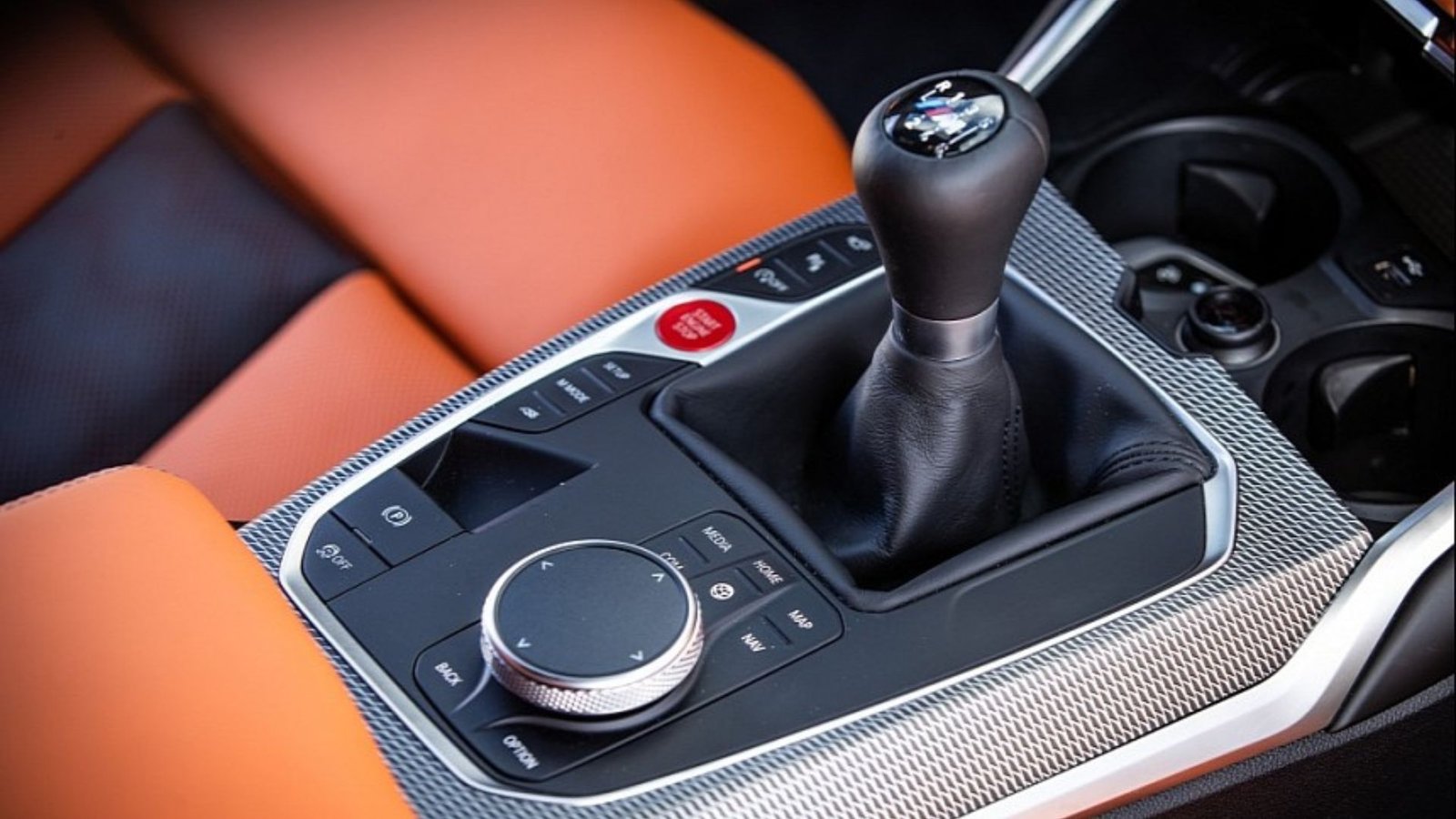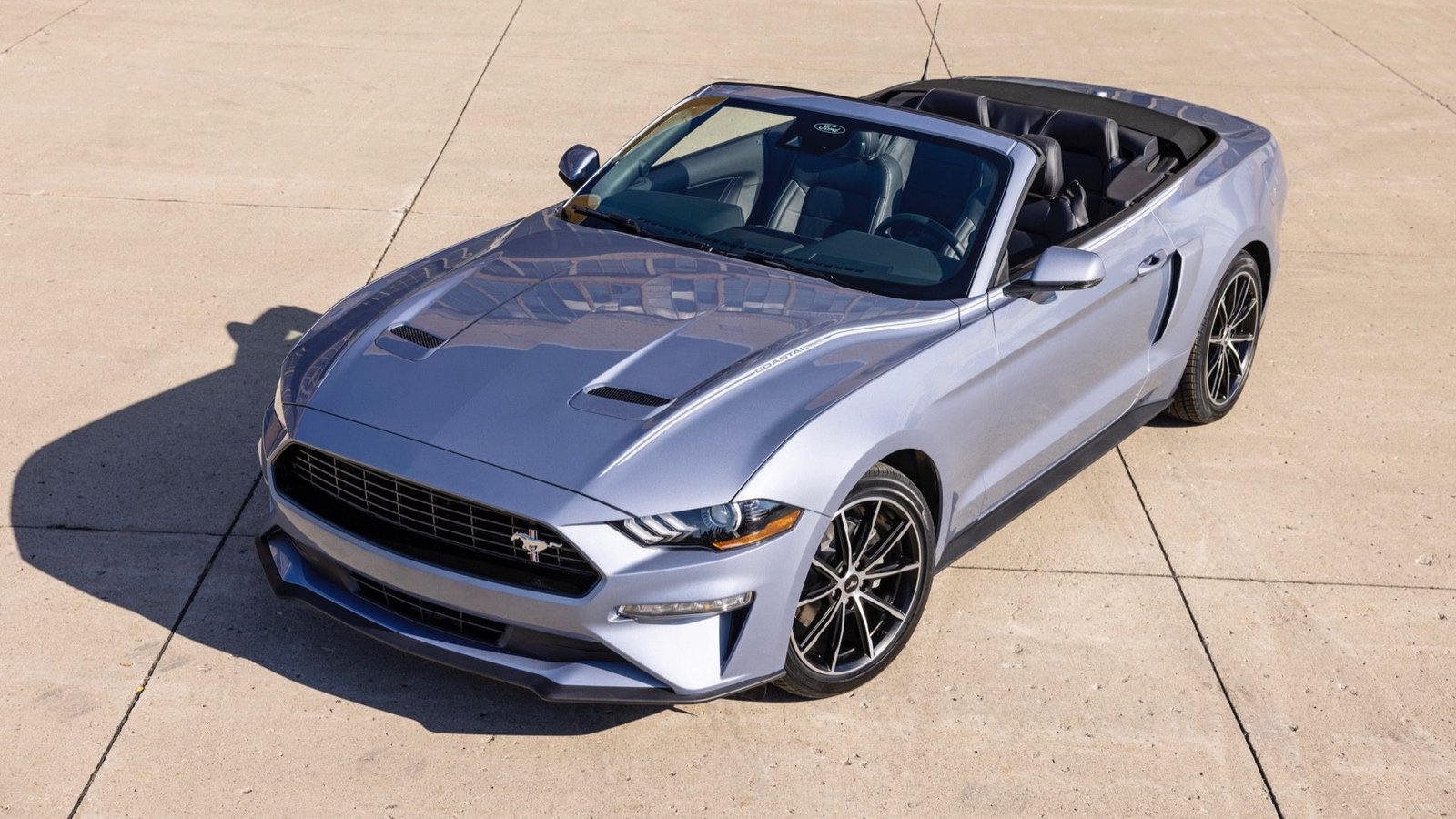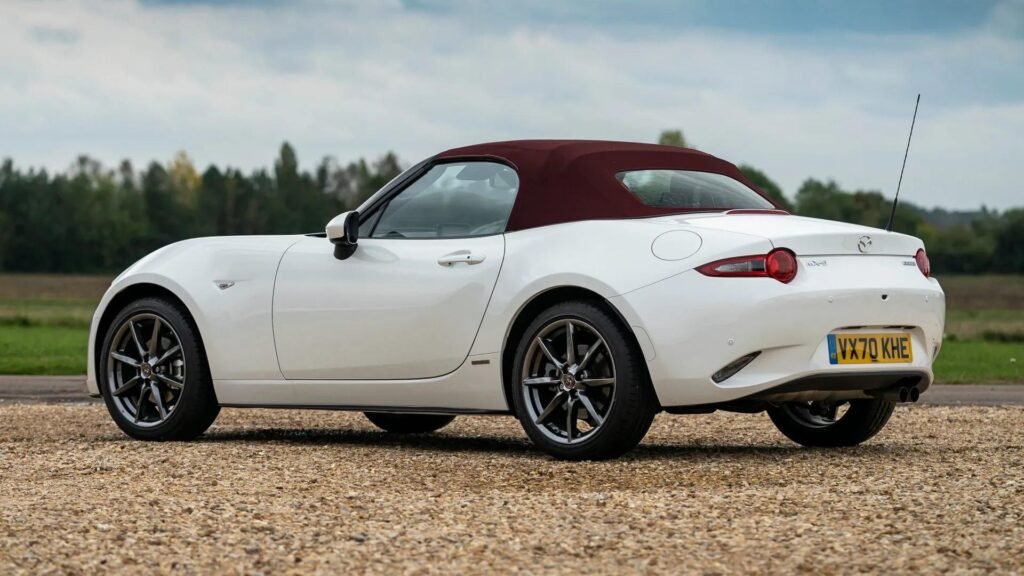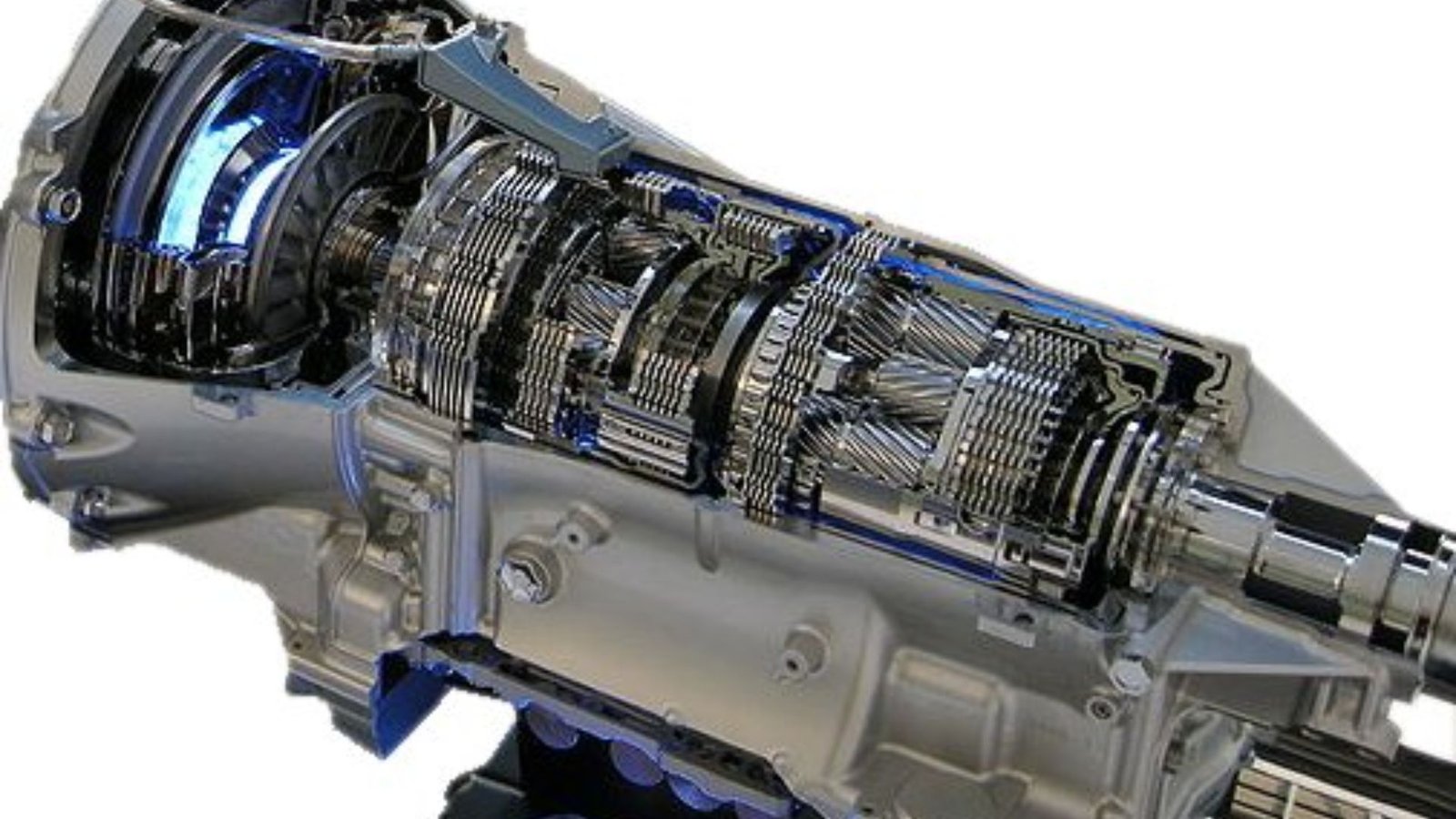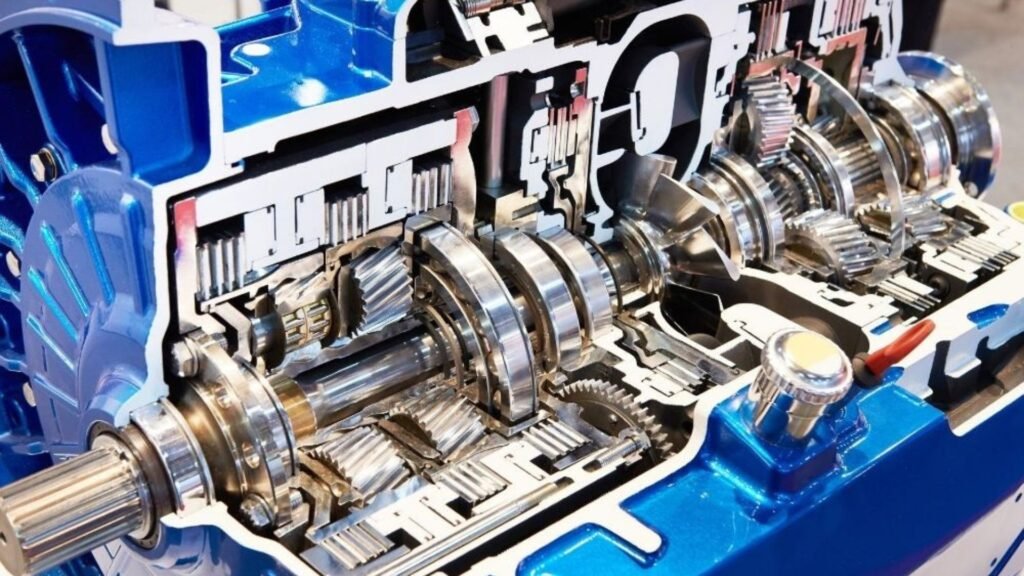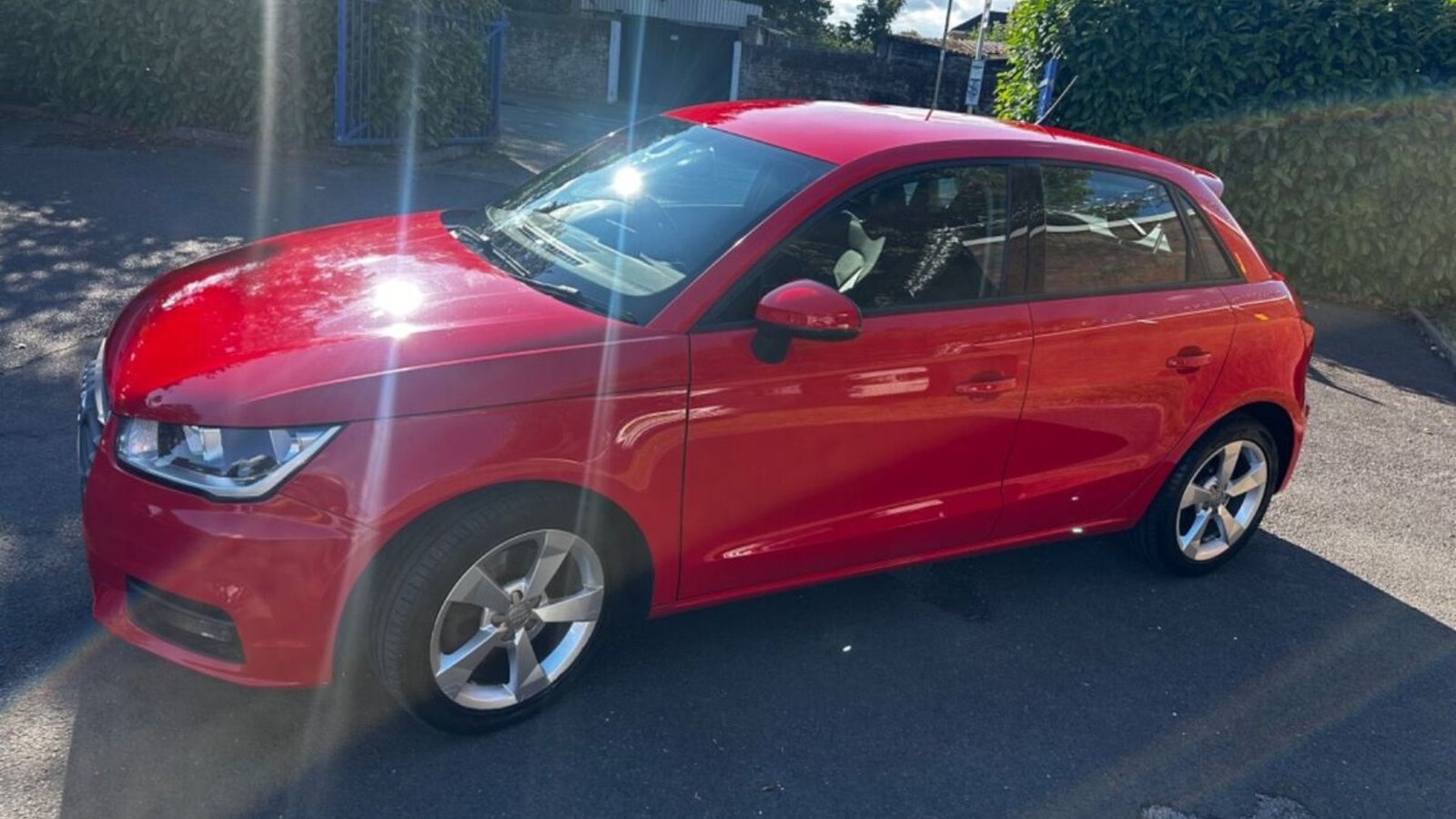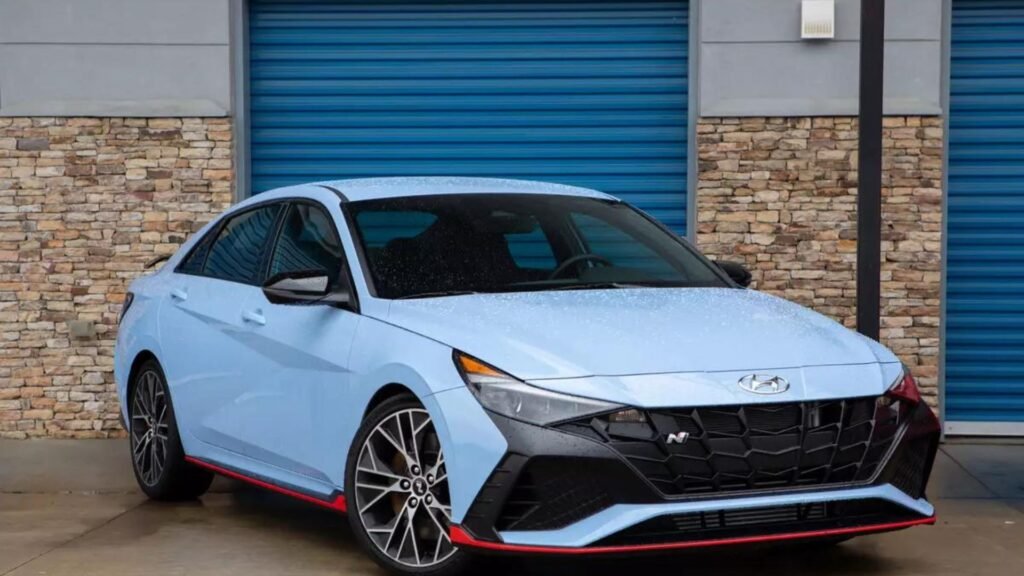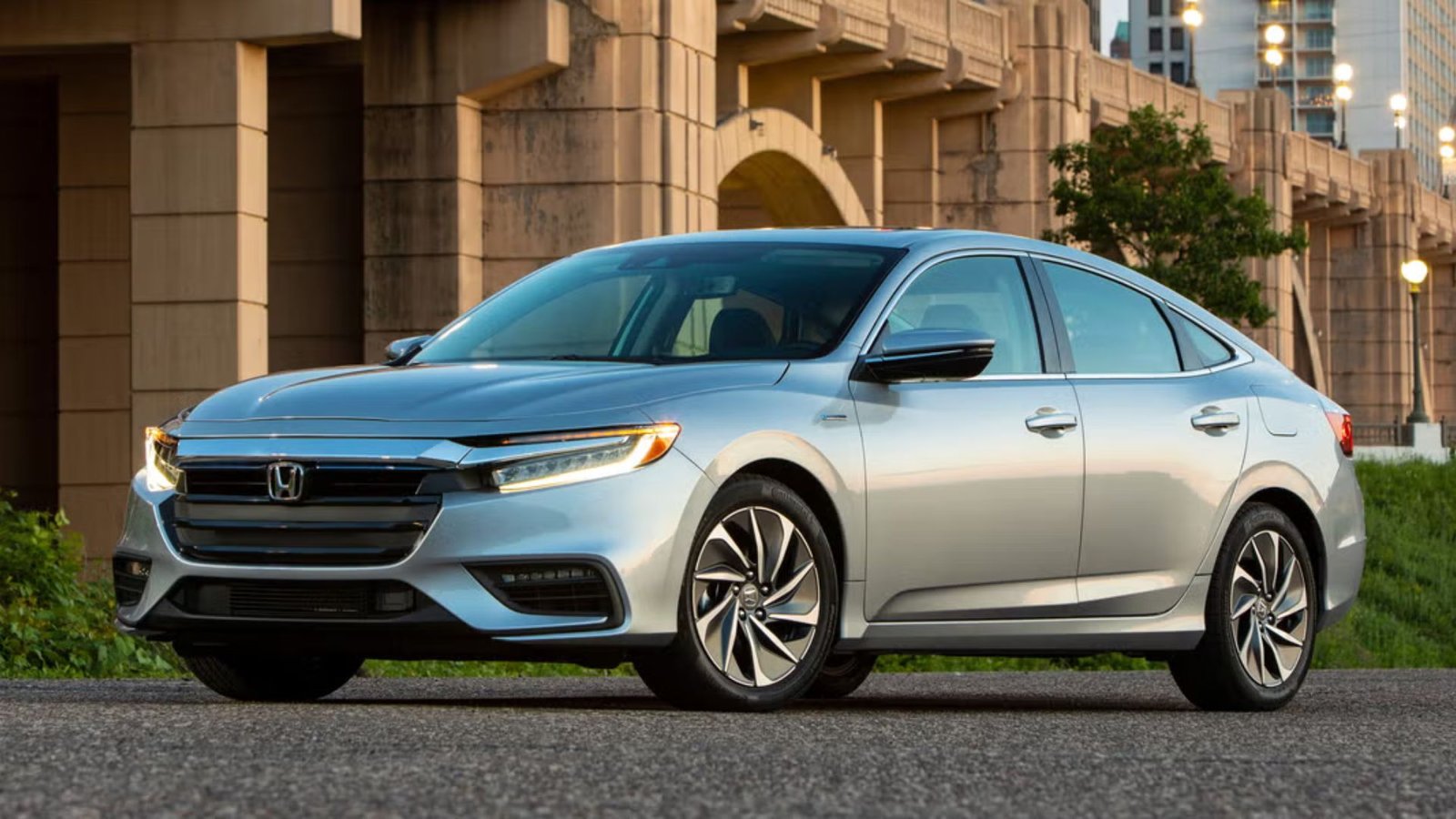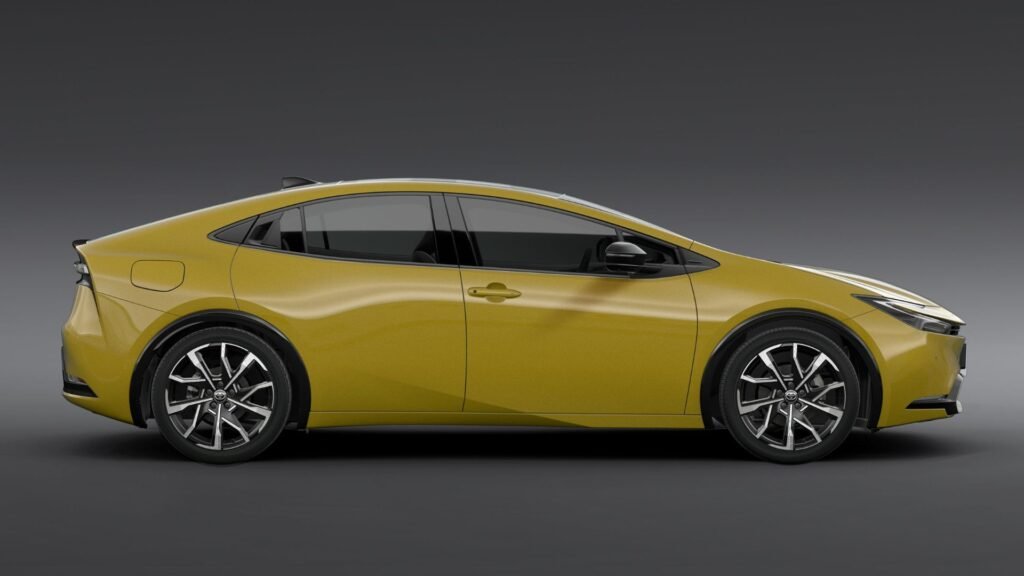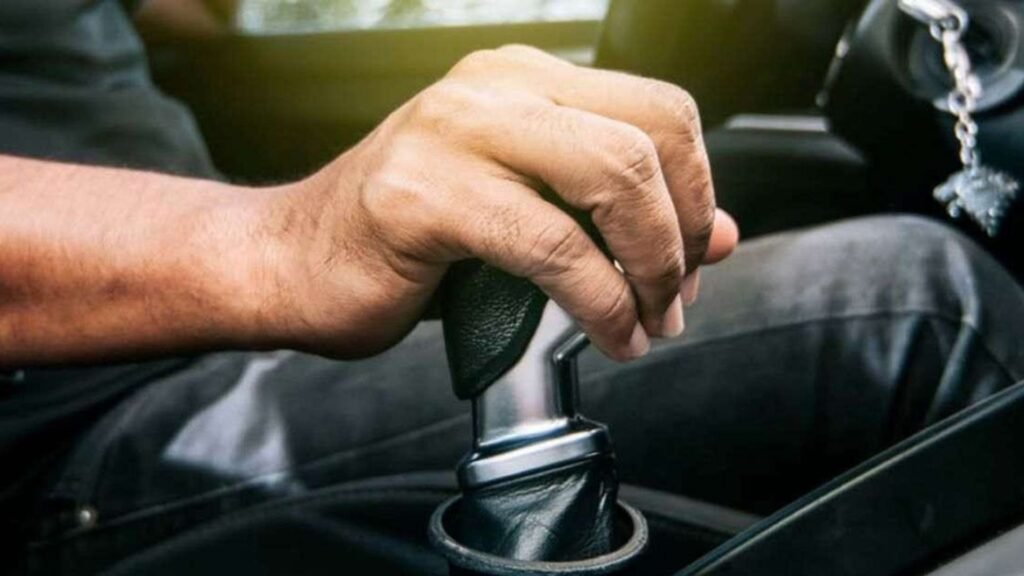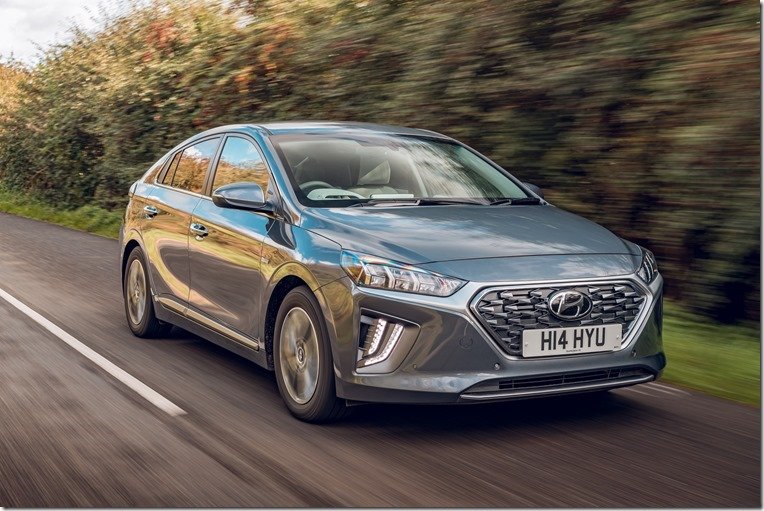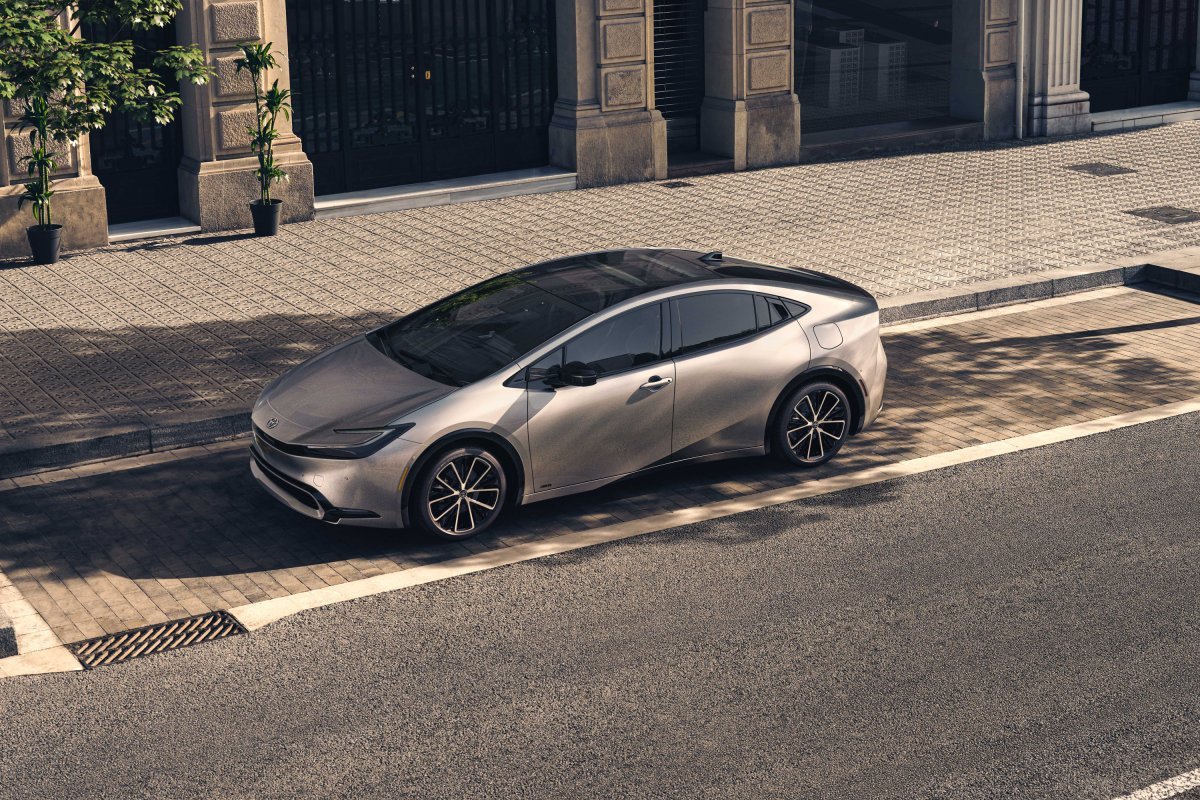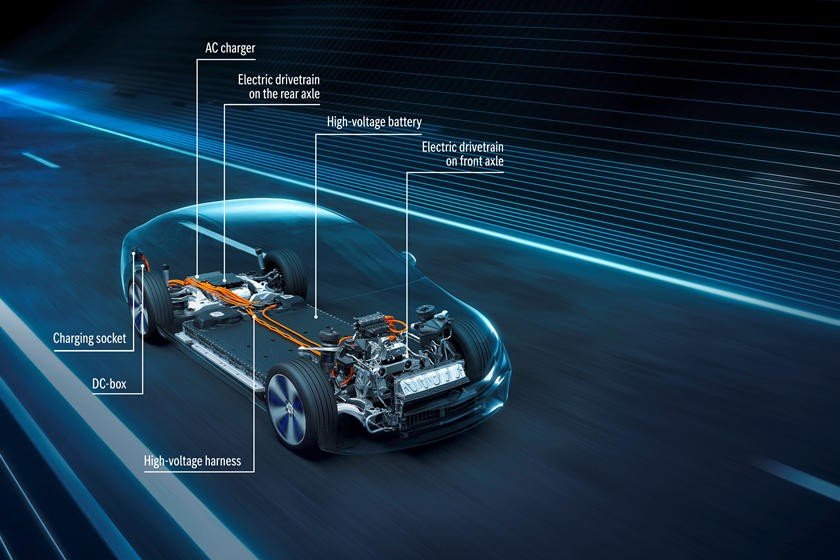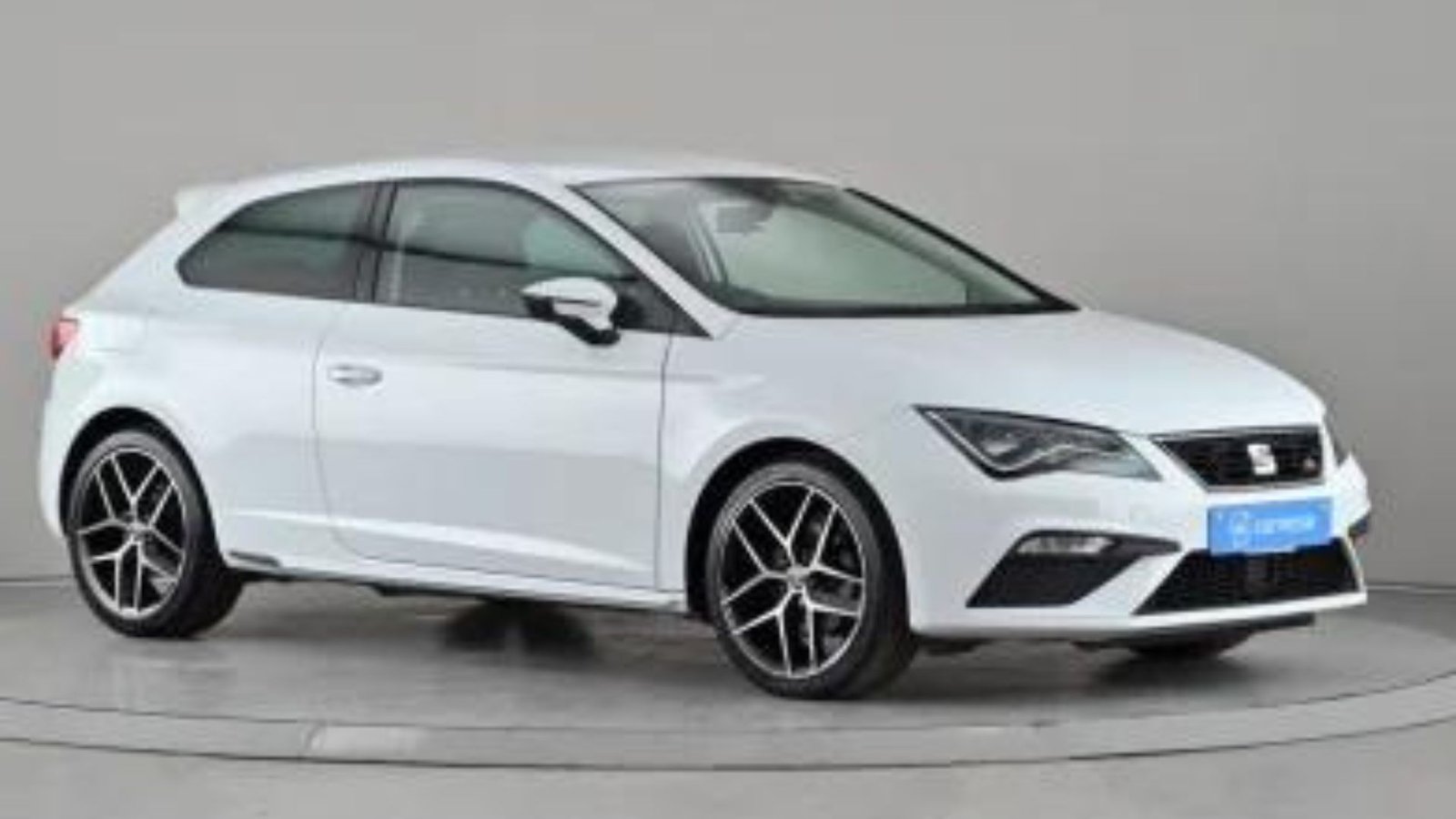Upgrading Your Manual Car’s Performance
Upgrading your manual car’s performance can turn an enjoyable drive into an exhilarating experience. Whether you’re aiming for more power, better handling, or enhanced efficiency, there are several strategies to consider. We’ll walk you through various ways to improve your manual car’s performance, helping you get the most out of your driving experience.
Understanding Your Goals
When considering upgrading your manual car’s performance, start by defining what you want to achieve. Are you looking for more horsepower, better handling, or improved fuel efficiency? Knowing your goals will help you choose the right upgrades for your vehicle. It’s important to balance performance enhancements with the car’s overall reliability and safety.

1. Engine Tuning
One of the first steps in upgrading your manual car’s performance is engine tuning. A performance tune can adjust your car’s engine parameters to increase horsepower and torque. Modern cars often come with a factory tune that prioritizes fuel efficiency and emissions, but a performance tune can optimize the engine for power and responsiveness. Be sure to choose a reputable tuner to avoid potential issues.
2. High-Performance Air Filters
Upgrading to high-performance air filters is another effective way of upgrading your manual car’s performance. These filters allow the engine to breathe better by increasing airflow and reducing restrictions. This can lead to improved throttle response and slightly better fuel efficiency. Ensure the filter is compatible with your car’s specifications to achieve the best results.
3. Upgraded Exhaust Systems
An upgraded exhaust system is a popular modification for enhancing your manual car’s performance. A performance exhaust system can reduce backpressure, which helps the engine breathe more freely. This not only improves horsepower but can also provide a more aggressive sound. Look for a system that is designed for your specific vehicle model to ensure proper fitment and performance.
4. Enhanced Suspension
Improving your car’s suspension can significantly impact its handling and driving dynamics. Upgrading to performance shock absorbers, struts, and springs can enhance stability and cornering ability. This is especially useful if you plan to use your car on twisty roads or tracks. A well-tuned suspension setup will make your car feel more responsive and balanced.
5. Performance Tires
High-quality performance tires are crucial for upgrading your manual car’s performance. Tires that offer better grip can improve acceleration, braking, and cornering. When choosing tires, consider your driving style and the conditions you’ll be driving in. For example, all-season tires might be suitable for everyday use, while performance tires are ideal for spirited driving.
6. Brake Upgrades
To complement other performance upgrades, consider upgrading your braking system. High-performance brake pads, rotors, and calipers can improve stopping power and reduce brake fade. This is particularly important if you’ve increased your car’s power or if you drive aggressively. Proper brakes ensure that your car remains safe and controllable.
7. Short Shifters
For a more engaging driving experience, a short shifter can be a great addition. Short shifters reduce the distance you need to move the gear lever, making gear changes quicker and more precise. This upgrade can enhance your control over the vehicle and make driving more enjoyable.
8. Lightweight Flywheels
A lightweight flywheel can improve your manual car’s performance by reducing the rotational mass that the engine has to move. This can lead to quicker engine revving and a more responsive throttle. However, be mindful that a lightweight flywheel might affect drivability in everyday traffic conditions.
9. Turbochargers and Superchargers
For those looking to significantly boost power, adding a turbocharger or supercharger can make a big difference. These forced induction systems compress the air entering the engine, allowing for more fuel to be burned and more power to be produced. Keep in mind that these upgrades can be complex and may require additional modifications to your car.
10. ECU Remapping
Lastly, ECU remapping, also known as ECU tuning, involves modifying the software that controls your car’s engine. This can optimize performance parameters like fuel delivery and ignition timing. A professional ECU remap can enhance overall engine performance and efficiency, making it a valuable option for serious enthusiasts.
Conclusion
Upgrading your manual car’s performance involves a variety of modifications that can enhance different aspects of your driving experience. Whether you’re tuning the engine, upgrading the suspension, or adding forced induction, each improvement contributes to a more engaging and powerful drive. Always ensure that any modifications are compatible with your car and professionally installed to maintain reliability and safety.
